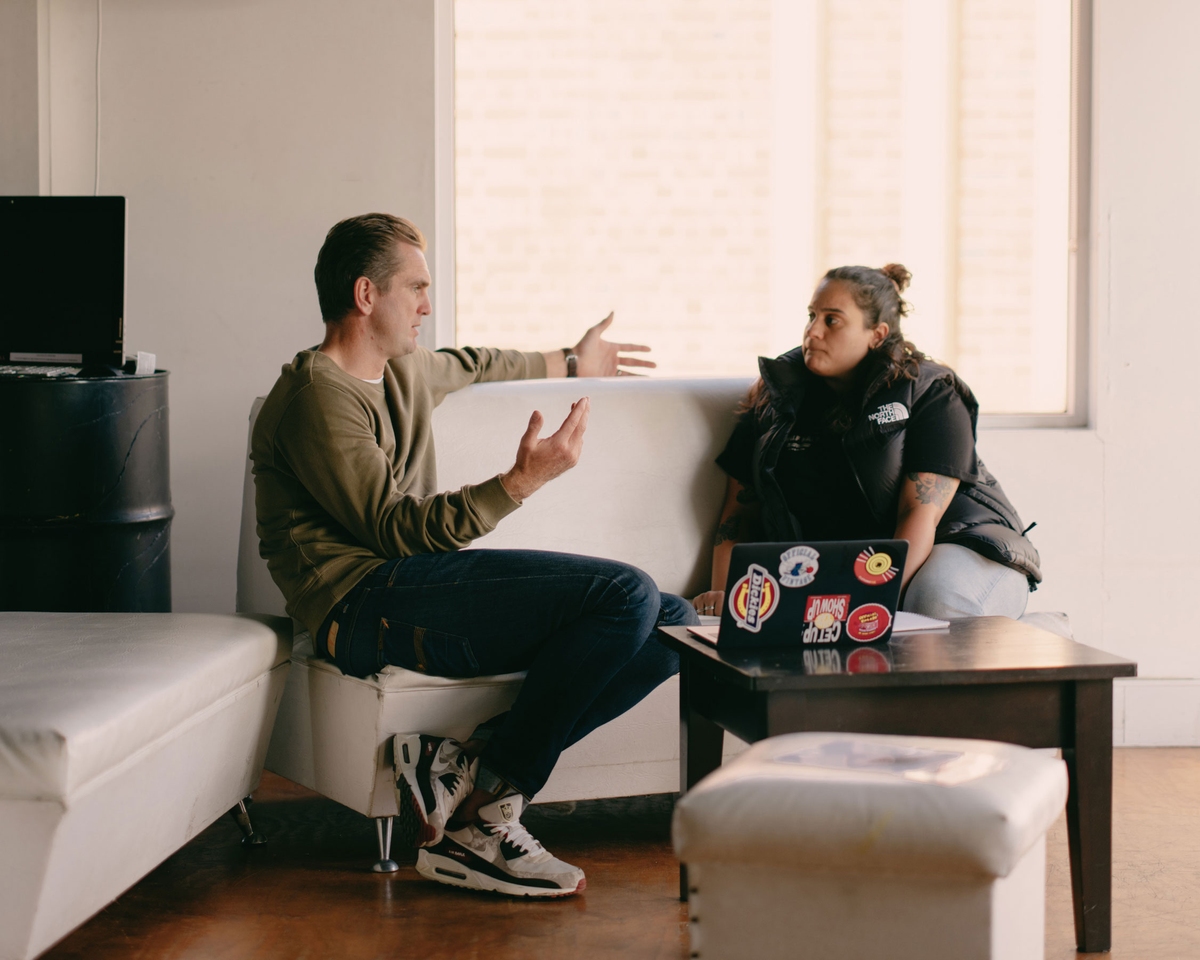Planning for growth areas
Insight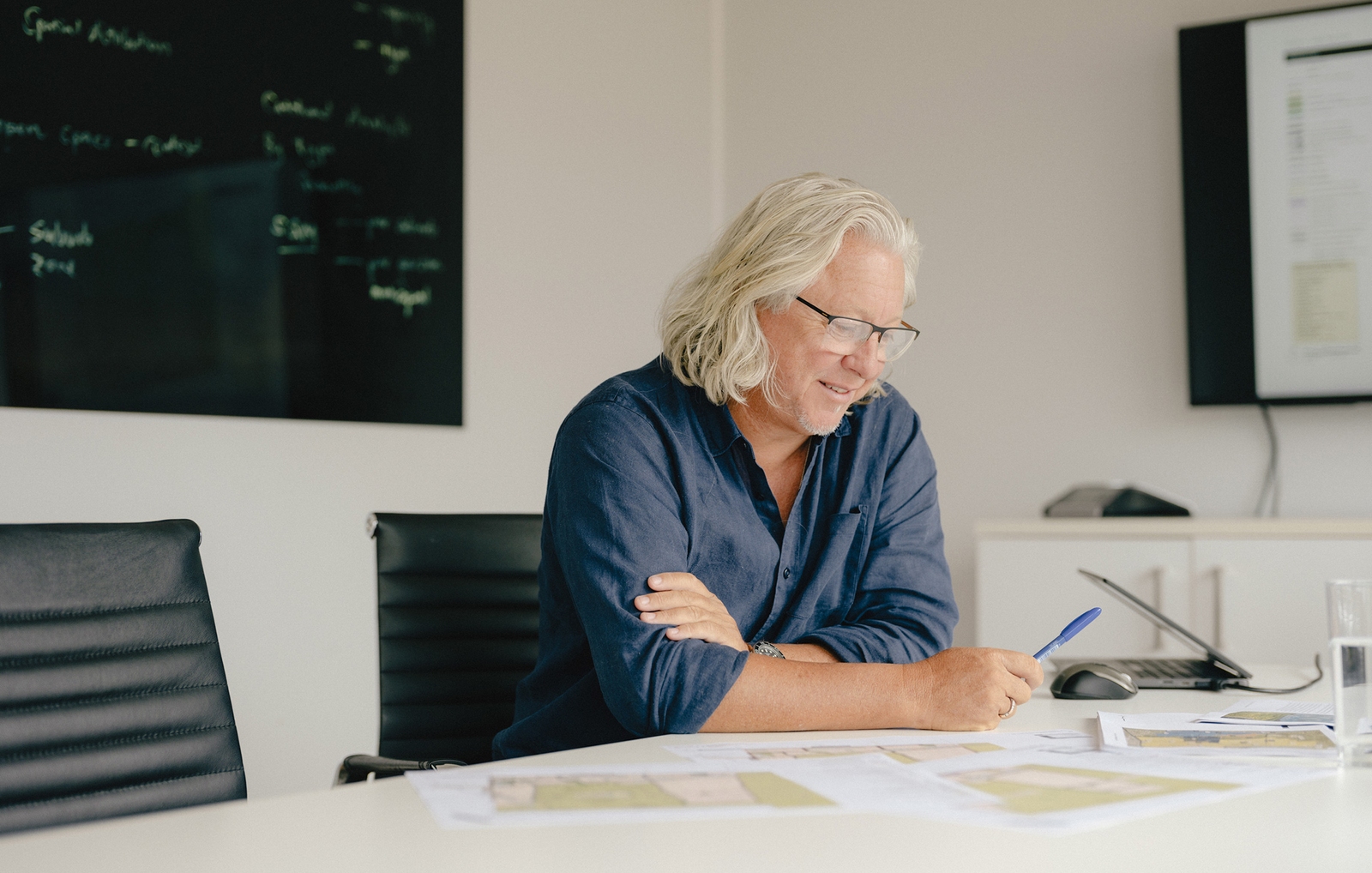
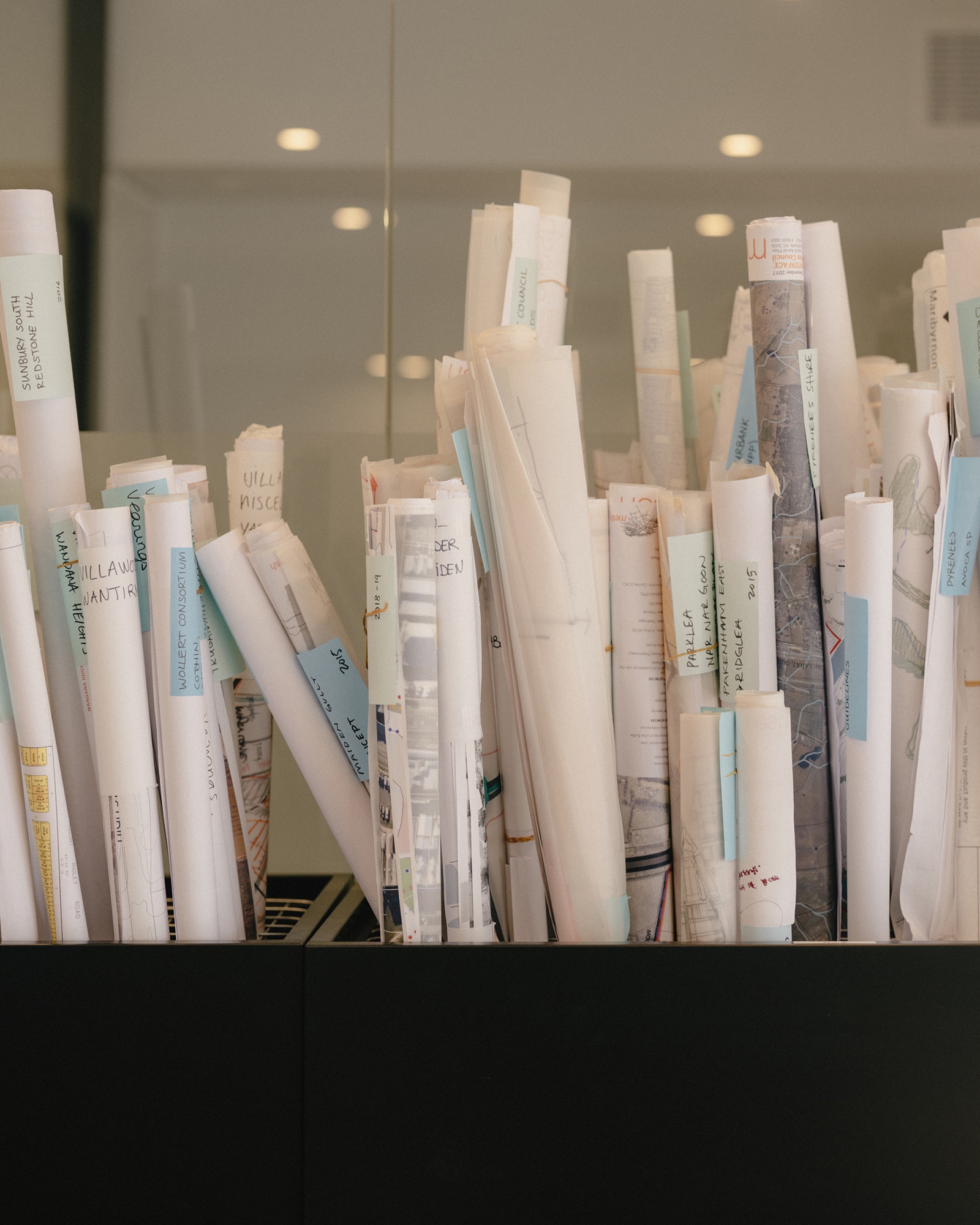
Let’s begin with Mesh Planning. What’s the elevator pitch?
It’s hard to capture in a simple statement what Mesh is and what it does, but the straight-line answer is that we’re a planning and urban design consultancy. The name “Mesh” was deliberately chosen because we play in the spaces between a range of disciplines and, at the end of the day, we like to think that the results are meshed together in a logical and transparent way.
Your clients are, for the most part, local governments and private developers?
Yes. Since I left local government and Mesh was formed in 2009, we made the deliberate decision to consult both sides. I think a critical part of our model is that we understand the language of both sides in an in-depth way. I feel that we can represent the interests of both sides in the same conversation, broker results and find creative solutions.
You spent 18 years at the City of Whittlesea as Manager of Strategic Planning and Director of Planning and Development. How has that time shaped your current work?
I’m pleased to say that I had a wonderful time in local government. I came from the private sector, and I decided that I needed to understand government before I could ultimately become a more successful planning consultant. I went into local government with the intention of spending a couple of years there, but I ended up spending 18 years at the City of Whittlesea.
I joined when it came out of a small-town mentality and wanted to grow into a designated growth area. They had no preconceived ideas about how that was going to happen, but they had this sense of wanting to have a go. Ultimately, it became one of the most respected planning departments in Australia.
I describe my time there as my apprenticeship. It was where I learned about how to be effective in strategic planning, in negotiation, and in getting improved outcomes.
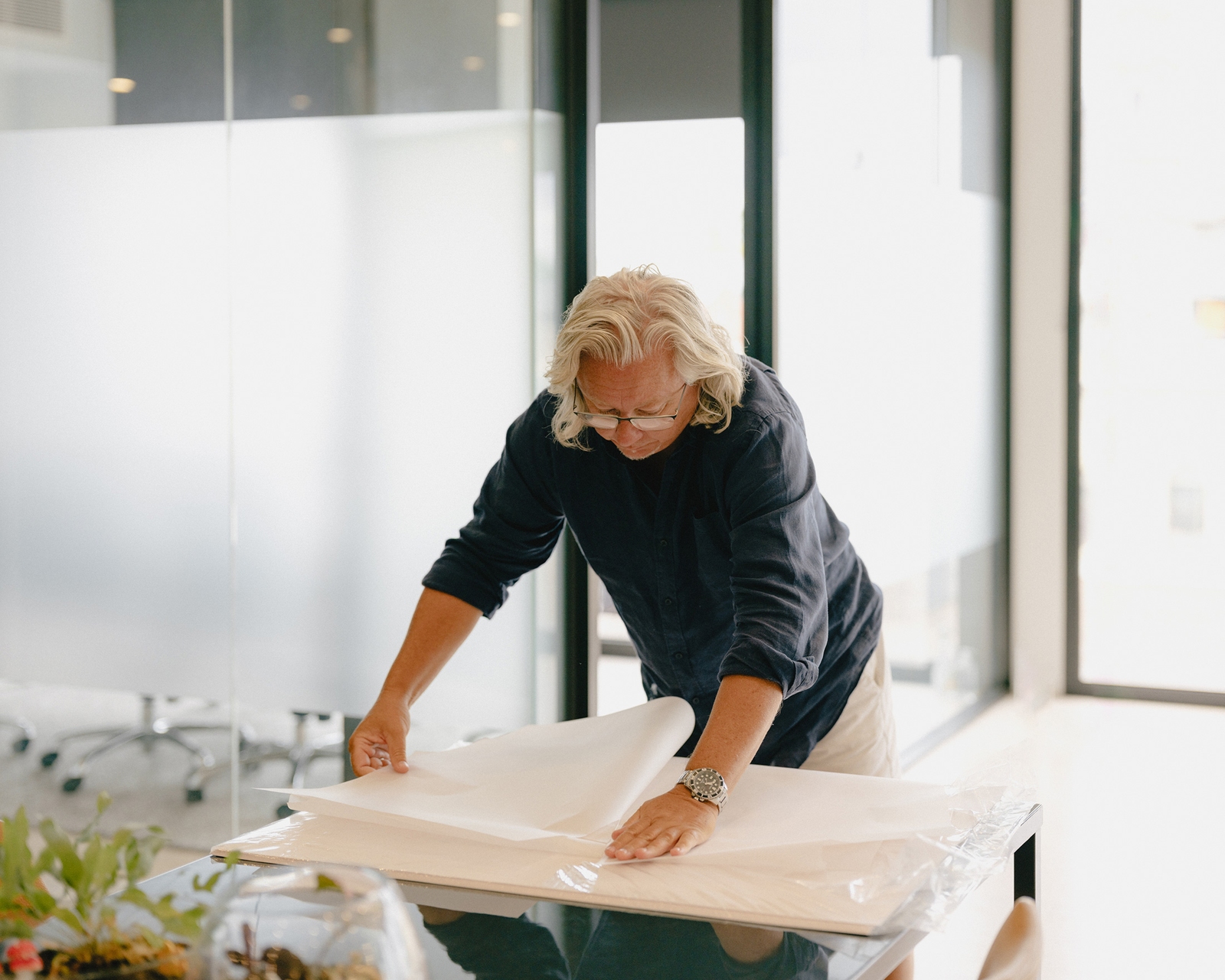
Have you been able to see those outcomes come to life in various projects?
Yes. One of the rare things that I had the pleasure of doing in the first 10 years that I was there was preparing the growth area plans that became so pivotal for the future of the City of Whittlesea, and I spent the next eight years actually implementing them. Since leaving, places like the South Morang to Mernda rail extension, the full development of the Mernda growth area, and the more complete development of Aurora, I look back on with a proud sense of involvement.
What made you interested in working with SRL?
When I left local government and came to work with a whole number of clients, I quickly came to appreciate those who are motivated to actually make a difference and are not just looking to achieve a bottom-line outcome. And I certainly regard SRL as being in the category of being extremely well-intentioned and looking to challenge the norms and deliver places that they are going to be proud of.
Having worked on growth areas in the City of Whittlesea, how do you feel SRL are making a contribution?
One of the tangible sustainability planks for the City of Whittlesea is to continue to deliver broad-scale employment opportunities. So O’Herns Logistics Park is very closely aligned with the city’s aspirations.
The other project is the Wollert Neighborhood Activity Centre. That’s an example of trying to provide a fundamental need for services and facilities to support growth areas. These activity centres offer a whole range of activities, whether shopping, gaining access to goods and services, entertainment, or just bumping into members of the community. They are undeniably one of the most important focal points.
With the recent focus on liveability and housing affordability, along with unprecedented population growth, why do you think greenfields play an important role towards the current and future urban needs of Melbourne?
I wish for the day that the true potential of growth areas would be actively discussed as opposed to taking the almost all too easy option of being negative about their role.
I have difficulty with people characterising growth areas in a certain way, as if they are somehow an undesirable part of the future of metropolitan Melbourne when, historically, every part of Melbourne was once a growth area. That’s the reality.
There is a subtext that infill development is characterised as good, and in some strange way, greenfield growth is characterised as bad. In my mind, they are all part of a metropolitan housing market. If you’re not satisfied with the physical form or composition, then I’m the first to put my hand up and say change it for the better and get the right result out of it.
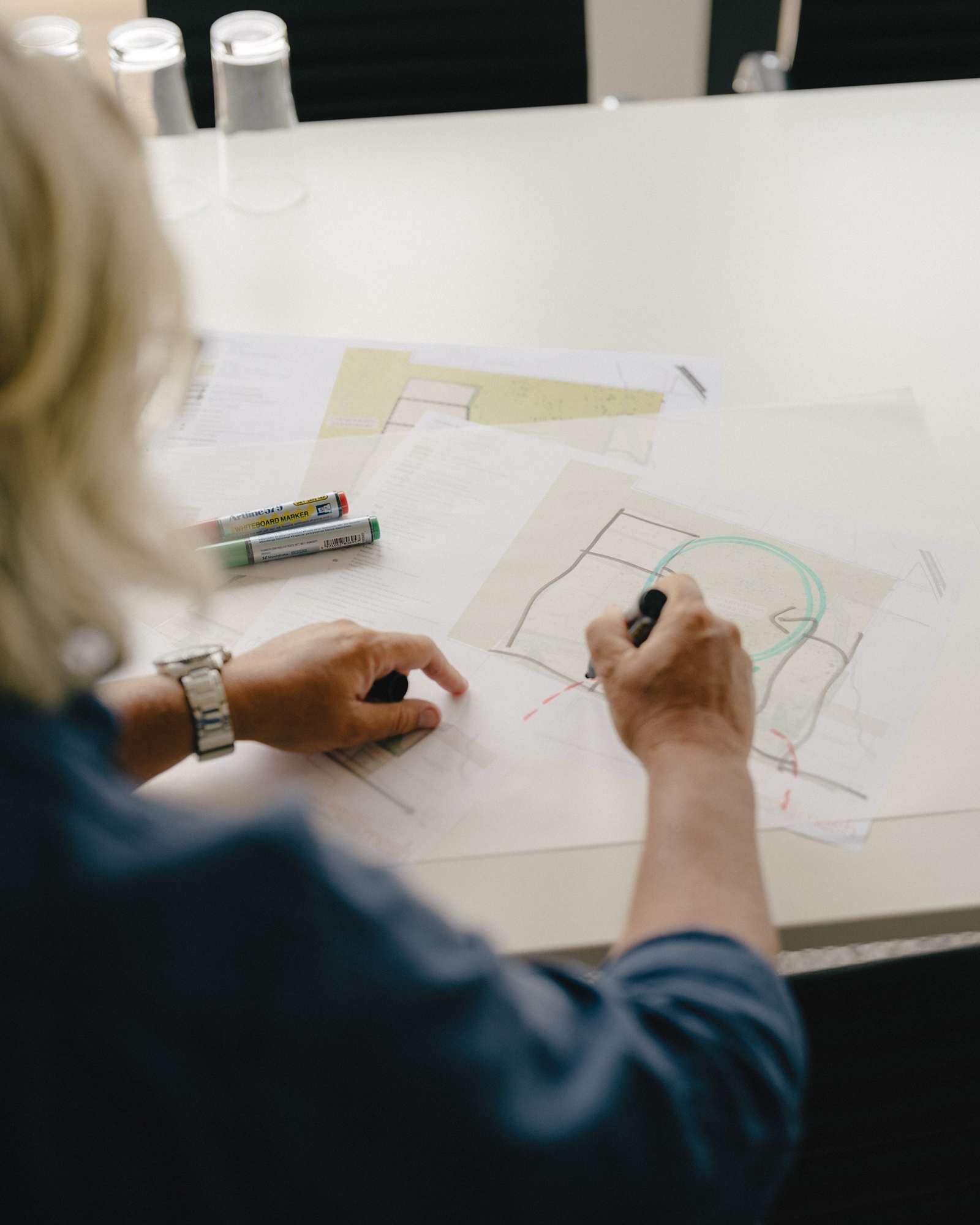
What does success for growth areas look like for you? How can we make these places vibrant?
When I worked in South Melbourne, for example, I rated it as being one of the most enjoyable places in terms of the diversity of land uses, the quality of streets, and the way that the community is so diverse. And I think to myself, “Why can’t those conditions be replicated in other locations?” And the truth is they can be. You don’t fall into the trap of saying it has to be exactly the same, but the fundamentals can be replicated if they are approached at the right scale and with the right partners.
I’m very much opposed to the horrible word “sprawl” but it is prevalent in some locations when things have been allowed to be delivered in a very conformative way. In other words, that repetitious street-after-street look with house after house all the same. I’m of the view that the best suburbs are very livable by their nature in terms of being diverse in their composition of housing types and streetscapes.
